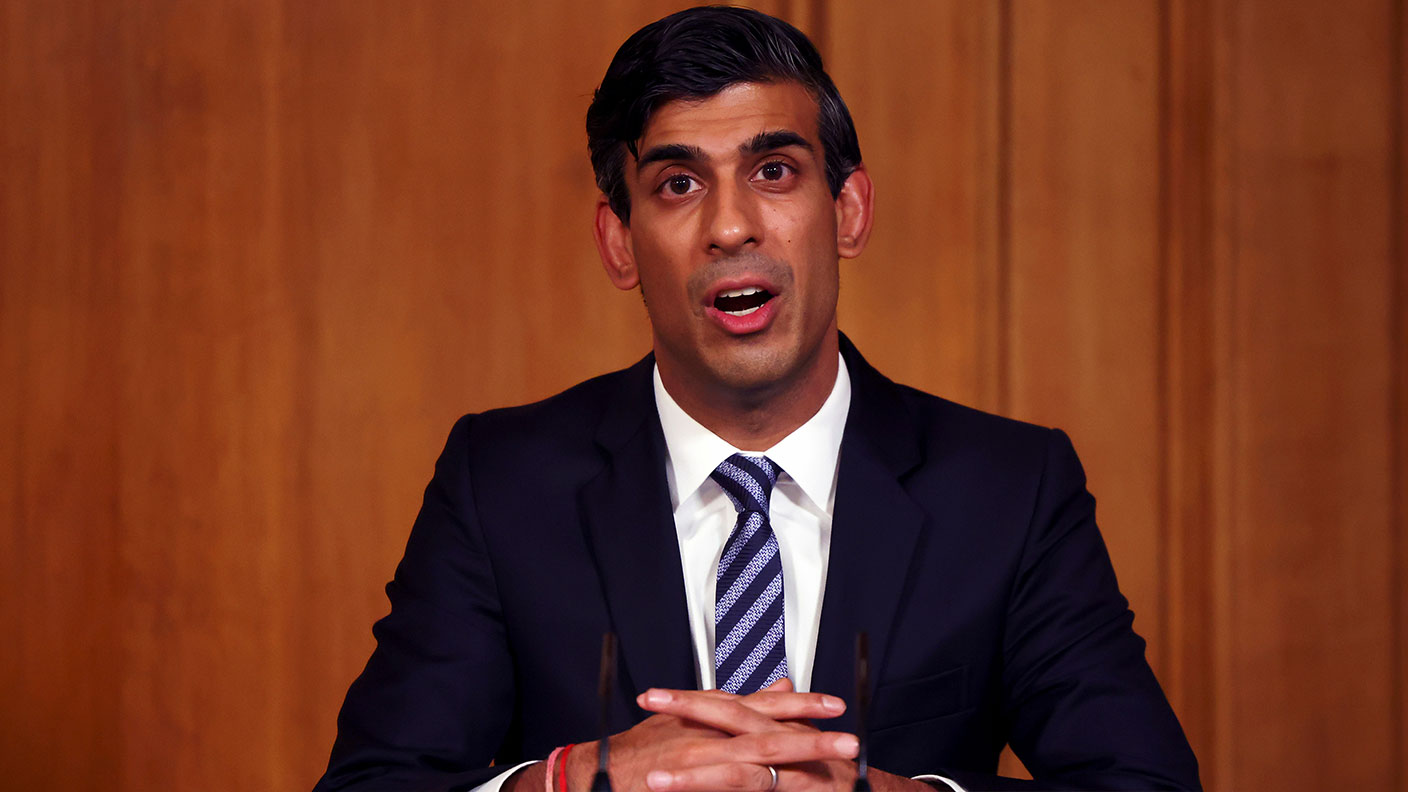Seconds activity among prime borrowers has grown again, according to Evolution Money’s latest quarterly data tracker.
The second charge lender analysed data from two different types of its second charge mortgage products, split between those borrowers using the loans for debt consolidation purposes, and those clients who have prime credit ratings. Looking at its total lending data for the last three months, up until the end of February 2022, the product split by volume of mortgages is 73% debt consolidation/27% prime, and by value 63% debt consolidation/37% prime. Figures for the three months between September 2021-November 2021, showed the product split by volume of mortgages is 77% debt consolidation/23% prime, and by value 67% debt consolidation/33% prime.
Evolution Money said that in previous iterations of the tracker prior to the last quarter, activity among prime borrowers was also inching up, suggesting existing homeowners are more willing to use second charge options, for example, to conduct home improvements as well as pay off costlier debts.
For those borrowers specifically using a second charge mortgage for debt consolidation purposes, the average loan amount has increased again to £22,184, with an average term of 125 months, but with the average LTV falling slightly to 72%. Borrowers, on average, continued to consolidate five specific debts, and the average value of the debts consolidated again increased to £15,958.
Evolution data showed a continued consistence across the most common uses of a debt consolidation second charge mortgage Over half were used to pay back a loan proivder, followed by paying a bank, repaying retail credit, followed by car finance.
For prime borrowers, the average loan amount has also fallen slightly to £34,087, with an average term of 153 months, and an average LTV dipping fairly significantly to 67% from 72%.
Prime borrowers are typically taking out these second charge mortgages again for debt consolidation (57.5%, up from 55%), home improvement and some consolidation (24%, up from 23%) and home improvement (15%, down from 18%).
Borrowers were also utilising second charge loans to pay for vehicles and to fund existing business ventures. The average number of specific debts being consolidated by prime borrowers has remained at five, and the average value of the debt has fallen this quarter to £22,298.
Steve Brilus, CEO of Evolution Money, commented: “Our latest tracker seems to hark back to those of a couple of quarters ago when we began to see a noticeable trend in terms of greater numbers of prime borrowers utilising second charge mortgages for other uses beyond the typical consolidation of debts. With existing homeowners locked into some very favourable mortgage deals, there is little inclination to remortgage out of these products especially when the pricing is now not as good, and when they are likely to have to pay a considerable early repayment charge to do so.
“Instead, for those existing owners that want to access their equity for all manner of purposes, a second charge could be the better option, especially given the changing criteria, the greater flexibility, and the larger loans now available. Without doubt, the main purpose of a second charge tends to remain the paying of debts, but we see more prime borrowers using their loans in a combination of ways, often to improve their homes and pay off costlier debts at the same time, such as credit cards and car finance.
“The latest Finance & Leasing Association figures for the three-month period up until the end of January this year, show the value of second charge mortgages increasing by 52% on the same period a year ago. That’s a significant uplift and details the growth in demand for second charge products and the growing range of solutions they give to existing homeowners, especially off the back of house price rises. We fully anticipate second charge mortgages becoming even more relevant to more homeowners, and advisers are much more likely to be seeing clients for whom a second charge is suitable. First charge mortgage rates have been inching up over the last few months, with further rises anticipated, while many homeowners may feel the time is right to pay off debts, especially if (at the same time) they are seeing the cost of living also rise. It will be intriguing to track how the seconds market grows in the months ahead, but if the start of the year is anything to go by, then activity levels should remain strong.”
Latest News
-
Targeted support applications to open from March 2026
-
19 firms join forces to launch new retail investment campaign
-
Four in five bridging professionals confident about 2026 market outlook
-
Söderberg & Partners invests in UK group rockwealth
-
SME lending grows again in Q3 – UK Finance
-
Titan Wealth acquires Morgans Ltd
Perenna and the long-term fixed mortgage market

Content editor, Dan McGrath, spoke to head of product, proposition and distribution at Perenna, John Davison, to explore the long-term fixed mortgage market, the role that Perenna plays in this sector and the impact of the recent Autumn Budget
The role of the bridging market and technology usage in the industry
Content editor, Dan McGrath, sat down with chief operating officer at Black & White Bridging, Damien Druce, and head of development finance at Empire Global Finance, Pete Williams, to explore the role of the bridging sector, the role of AI across the industry and how the property market has fared in the Labour Government’s first year in office.
NEW BUILD IN FOCUS - NEW EPISODE OF THE MORTGAGE INSIDER PODCAST, OUT NOW

Figures from the National House-Building Council saw Q1 2025 register a 36% increase in new homes built across the UK compared with the same period last year, representing a striking development for the first-time buyer market. But with the higher cost of building, ongoing planning challenges and new and changing regulations, how sustainable is this growth? And what does it mean for brokers?
Does the North-South divide still exist in the UK housing market?

What do the most expensive parts of the country reveal about shifting demand? And why is the Manchester housing market now outperforming many southern counterparts?
In this episode of the Barclays Mortgage Insider Podcast, host Phil Spencer is joined by Lucian Cook, Head of Research at Savills, and Ross Jones, founder of Home Financial and Evolve Commercial Finance, to explore how regional trends are redefining the UK housing, mortgage and buy-to-let markets.
In this episode of the Barclays Mortgage Insider Podcast, host Phil Spencer is joined by Lucian Cook, Head of Research at Savills, and Ross Jones, founder of Home Financial and Evolve Commercial Finance, to explore how regional trends are redefining the UK housing, mortgage and buy-to-let markets.
© 2019 Perspective Publishing Privacy & Cookies











Recent Stories